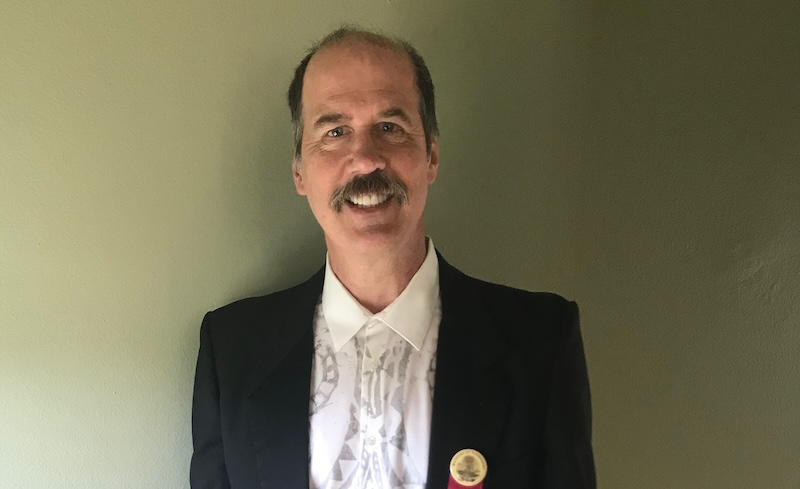
Redistricting
—American Versions of Proportional Representation—
—Major Party Power Grab—
—Call to action for repealing 1967 national voting rule—

By Krist Novoselić (August 12, 2025)
Redistricting is back in the news, and the picture is as dismal as ever. In Texas, lawmakers are pushing to redraw congressional districts to favor majority Republicans. Democrats oppose the move, while leaders in other states — like California — threaten to retaliate by redrawing their own maps to benefit their own party.
This cycle of map-drawing and retaliation is nothing new. It’s the predictable outcome of the rules we have in place — rules that give major parties a built-in incentive to manipulate district lines to their advantage.
Current voting rules aren’t handed down by the Constitution. Instead, they are the result of political decisions. The Constitution leaves it to Congress to set qualifications for how states send members to the U.S. House of Representatives.
In 1967, Congress used that authority to require states to elect their U.S. House delegations through single-member congressional districts. This was meant as a civil rights safeguard. Winner-take-all, at-large voting fosters majority bloc voting, which, in a racially polarized electorate, could disenfranchise minorities — a violation of the Voting Rights Act of 1965.
The VRA itself doesn’t spell out remedies for violations. Over decades of court cases, jurisdictions found liable under the VRA have typically chosen to create single-member districts with a majority minority district included, to ensure compliance. But in some situations, it’s difficult or impossible to draw a majority minority district. In those cases, proportional representation has been used here in the United States.
Proportional representation — or PR — isn’t a foreign concept to America, but our versions look different than those used in many democracies worldwide. For example, Germany’s national legislature allows parties to win seats with just five percent of the vote. In contrast, American PR systems often set far higher thresholds: 33 percent in some cases, and 25 percent in Portland, Oregon’s new PR system.
Another difference: in many countries, voters choose a party. In the U.S., PR has been candidate based.
PR in the United States is supported by legal precedent and academic review. It’s a proven option for fairer representation, and it could be implemented today for US House elections if the 1967 single-member district mandate were repealed.
Imagine a state with four U.S. House seats. Instead of four single-member districts, the state could create two districts, each electing two representatives. Each voter gets one vote, and the two candidates with the most votes win.
This would likely produce a bipartisan delegation from each district — perhaps a Republican and a Democrat — while still giving independent or third-party candidates a fairer shot. It would also reduce the rural/urban polarization that fuels today’s political gridlock.
Under PR, voters share representation — and they should. If you pay taxes and live under the laws of the land, you deserve a fair shot at a voice in government. But instead, we have a system where political insiders manipulate the rules to benefit themselves, with winner-take-all elections creating the conditions for the bare-knuckled power grabs we’re seeing now.
I have been advocating election reform since 1997, and I believe it’s time for reformers to unite around a simple, powerful change: repeal the 1967 mandate for single-member House districts. This would restore the freedom for states — the laboratories of democracy — to innovate and adopt proportional representation for their U.S. House delegations.
We need a bipartisan bill in Congress to repeal the 1967 statute. Once that’s done, reformers in each state can push their legislators or use ballot initiatives to bring PR for the US House to life.
It’s time to solve gerrymandering once and for all.
Krist Novoselić is Cascade Party Chair. He serves on the board of directors in an at-large position. He also served as Chair of FairVote — a leading election reform group, from 2008 until 2019.